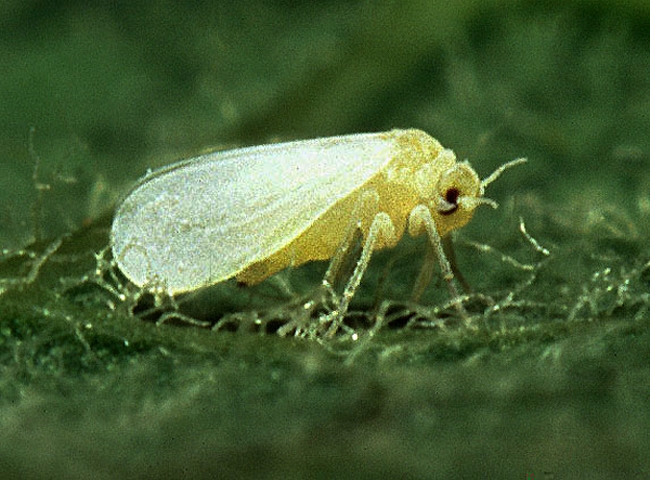
Paul de Barro, a senior principal research scientist at CSIRO Ecosystem Sciences, Australia, will speak on "Unraveling the Complex: Who’s Who in the Bemisia Zoo?” at the UC Davis Department of Entomology seminar from 12:10 to 1 p.m. Wednesday, Jan. 30 in Room 1022 of the Life Sciences Addition.
De Barro, who joined CSRO in 1994 (the acronym stands for Commonwealth Scientific and Industrial Research Organization and is Australia’s governmental body for scientific research) will be covering the silverleaf whitefly from biotype to species. He will be introduced by Michael Parrella, professor and chair of the UC Davis Department of Entomology.
De Barro, who holds a doctorate in entomology from the University of Adelaide, South Australia, is internationally known for his research on the pest.
The tiny (it's 1/16th of an inch) pest may be small but it wreaks major havoc on agricultural and ornamental crops worldwide. Its 500-plus hosts include broccoli, cabbage, sweet potatoes, tomatoes, pomegranate, poinsettia, garden roses, crepe myrtle, and lantana. It transfers such viruses as the tomato yellow leaf curl virus.
?“The identity of Bemisia tabaci is a taxonomic question that goes back to 1889 and involves one of the world’s most important pests of agriculture, which despite its importance, has remained a taxonomic puzzle," he says. "Each year it destroys billions of dollars worth of crops in both developed and developing economies across Africa, Asia and the Americas. In developing economies, it reduces the ability for communities to be self-sufficient in terms of food production and reduces their capacity to generate the cash essential to alleviating poverty."
“Yet despite its global importance, its taxonomy remains confused. Is it a single species with varying populations that exhibit different biological characteristics (i.e. biotypes) or a complex of morphologically similar species with different biological characteristics?"
That's important to know, de Barro points out, because the answer "has a significant bearing on on the applicability and transferability of management practices between regions where the pest occurs, as these usually depend on insect biology, behavior, natural enemies interactions and responses to agricultural chemicals; what works for certain populations may be ineffective for other populations."
So in tomorrow's talk, he'll summarize "our understanding of the species complex and some the new learnings that are emerging as a result of the emerging new lens through which top view this pest.”
His talk will be recorded for later viewing on UCTV.
Attached Images:
